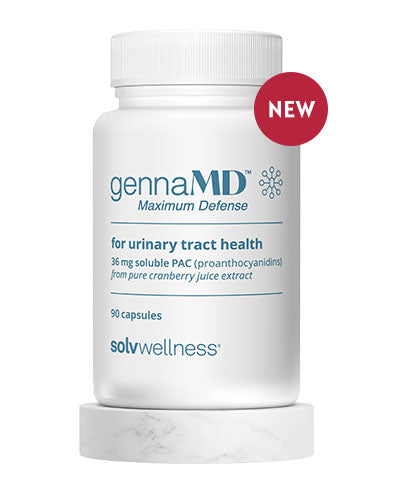When I was five years old, I told my parents I was going to become a doctor. With no one in our family in medicine, they assumed it was just a passing phase. It wasn’t. I never wavered from that goal and proudly graduated from medical school in 1989.
I was the first woman to train in urology at the Medical University of South Carolina, and I was determined to make a difference—particularly in the fight against prostate cancer. But when I entered private practice, I quickly faced an unexpected reality: in my first six weeks, I didn’t see a single male patient. I had to pivot, and fast.
I began focusing on female urology—a field that wasn’t emphasized during my training. I learned on the job, attended countless conferences, and spent time in the OR with GYN colleagues. Over time, I grew to deeply value and enjoy caring for women.
A few years into practice, a close friend in her late 20s was diagnosed with aggressive breast cancer. During her treatment, she began experiencing recurrent urinary tract infections (UTIs)—something she had never dealt with before. I was puzzled. The only plausible explanation seemed to be hormonal changes. Because she was on tamoxifen (an estrogen blocker), I felt it would be safe to try topical vaginal estrogen. Remarkably, her UTIs stopped.
That experience shifted my clinical approach. I began prescribing vaginal estrogen more frequently—to women over 50, breast cancer survivors, and others suffering from estrogen-related urogenital symptoms. When the Women’s Health Initiative (WHI) data was released in 2002, estrogen became a taboo subject almost overnight. But I had already seen the benefits of vaginal estrogen firsthand, and I was confident in its safety and efficacy.
Over the years, I’ve had extensive conversations with patients, including more than 100 breast cancer survivors. I’ve asked them: If new data showed vaginal estrogen increased the risk of recurrence, would you stop using it? Not one of them said yes. Every single one stated they would rather continue, even if it meant closer monitoring with mammograms and exams. The relief they experienced was too significant to give up.
In 2018, I was diagnosed with two different types of breast cancer. I had double mastectomies and, somewhat against my oncologist’s advice, I continued using vaginal estrogen. As both a physician and a patient, I’ve now tried nearly every modality on the market. It’s been fascinating to watch the evolving research linking vaginal atrophy not only to UTIs, but also to urinary frequency, urgency, nocturia, sexual dysfunction, and even urinary incontinence.
I firmly believe that if more physicians understood the benefits—and the extremely low risk—of vaginal estrogen, many of the patients I see would never need to walk through my door. Yet I still encounter frustrating scenarios: a woman with recurrent UTIs, or even urosepsis (which carries a 50% mortality rate), has her vaginal estrogen discontinued by another provider—often due to outdated fears about blood clots, heart disease, or breast cancer.
This is a dangerous misunderstanding.
It’s even more baffling when orthopedic surgeons stop vaginal estrogen before joint replacement to “prevent clots,” despite the very real risk of post-op UTIs, which can seriously compromise surgical outcomes.
The case for vaginal estrogen continues to grow. Young breastfeeding mothers, women on oral contraceptives, and those with thyroid or hormonal imbalances may also experience vaginal atrophy and its debilitating effects. Fortunately, as more female physicians enter midlife and begin to experience these symptoms firsthand, awareness is increasing. They are helping drive the conversation forward—from both personal and professional perspectives.
There has been a strong grassroots movement in Congress advocating for the removal of the black box warning on vaginal estrogen, and I’m pleased that, as of November 10, 2025, the FDA has officially removed the warning label. Several of my colleagues have testified on this issue, and as a breast cancer survivor myself, I couldn’t feel more optimism and joy about this landmark (and long overdue) decision that will profoundly shape the future of women’s health for the better.
While I personally can’t take systemic hormones, I firmly believe in their importance and the substantial good they can do. Vaginal estrogen, on the contrary, is a low-risk, high-benefit intervention that should not be dismissed or feared. It can be, quite literally, life-changing.
As clinicians, we must continue to educate ourselves and advocate for evidence-based treatment options. Vaginal estrogen is not a luxury—it’s essential care for millions of women, and with this recent policy change, I look forward to a future where women’s health and medical choices are met with clarity and confidence.
Interested in learning more about vaginal estrogen? Check out this Menopause Made Clear article.








